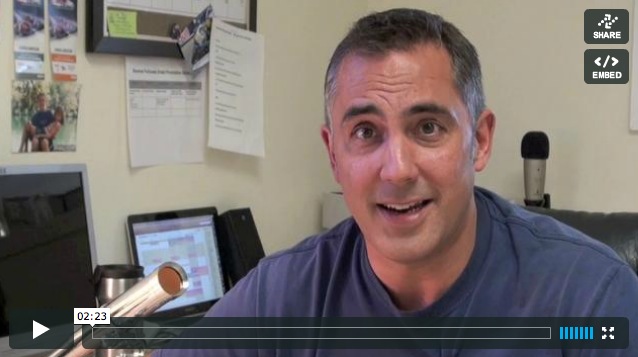Communication is Key
You can hold a home in living trust, or create a trust fund for the next generation. But building an emotional “trust fund” with potential reverse mortgage clients — one you can draw upon throughout the sales cycle — is not as simple as a monetary investment. Creating trust calls for a wealth of skills that must be both genuine, and polished to a high gloss.
Building trust is an art form. The average reverse mortgage sales cycle until purchase is nine months — the amount of time it takes for a baby to be born. It’s an apt metaphor. In birthing their reverse mortgages, the seniors you serve are initiating a major life change that can be thrilling and scary at the same time.
What’s more, the manner in which reverse mortgage professionals interact with prospects is changing, from face-to-face “meetings at the kitchen table” to Call Center referrals, where you may never see your prospect in person. While Baby Boomers are often more comfortable making purchases by phone or even over the Internet than their forebears, it’s also true that one’s home is typically the largest asset someone owns, and transacting a reverse mortgage with a faceless originator requires a high level of trust in the person, as well as the process.
Here are several keys to developing client rapport:
Be highly knowledgeable. The more you know about the nuances of reverse mortgages, and how these options affect your target market, the easier it will be to build a trust-based relationship.
Communicate clearly and honestly. Share the disadvantages as well as the advantages of a reverse mortgage, e.g.:
- Do your prospects understand that the consuming equity from a reverse mortgage would otherwise be passed to their heirs or estate?
- What if they want or need to move due to health issues or changing priorities, just a year or two after securing a reverse mortgage?
Listen deeply to their story. Why is this couple or individual looking into a reverse mortgage now? What’s driving them? This is your best starting point.
In Part 2, we’ll look at factors that influence seniors’ ability to trust, as they grow older.



 “When I retire I plan on moving to a smaller home.”
“When I retire I plan on moving to a smaller home.”



